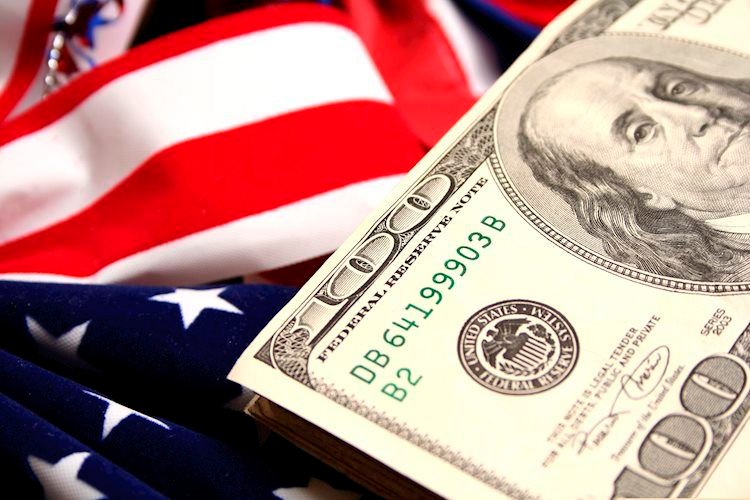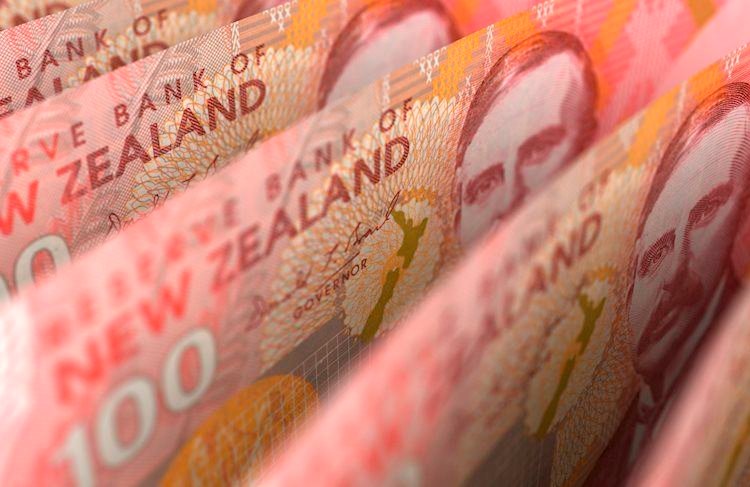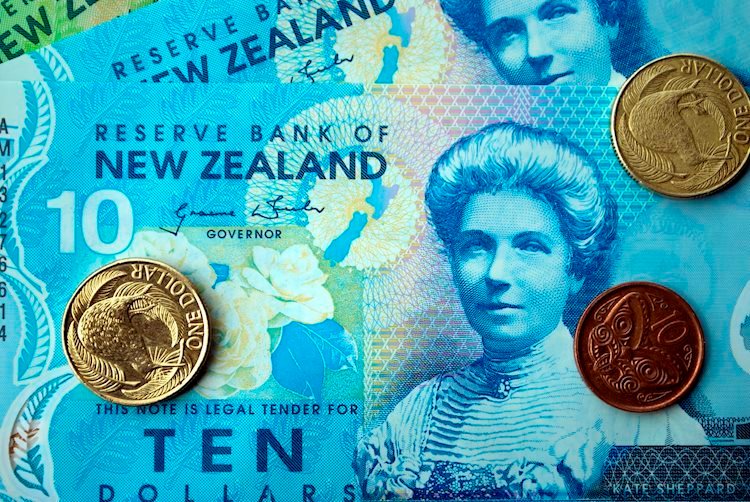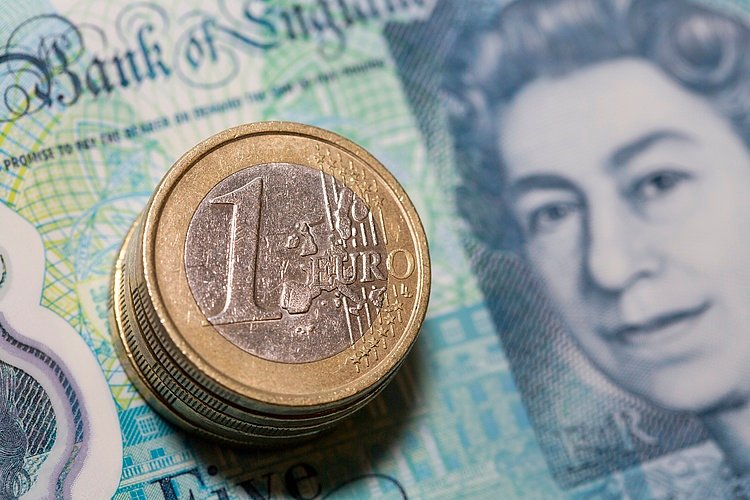- United Kingdom’s Office for National Statistics will release the CPI report on Wednesday.
- The annual UK headline and core inflation are expected to ease in September.
- The UK CPI data could seal in a BoE November interest-rate cut, a scenario that would weigh on Pound Sterling.
The United Kingdom’s (UK) Office for National Statistics (ONS) will release the highly anticipated Consumer Price Index (CPI) data for September on Wednesday at 06:00 GMT.
The UK CPI inflation report could affirm expectations of 25 basis points (bps) interest-rate cut by the Bank of England (BoE) in November, injecting a fresh bout of volatility into the Pound Sterling.
What to expect from the next UK inflation report?
The UK annual Consumer Price Index is likely to increase by 1.9% in September, sharply slowing down from August’s 2.2% growth while moving back below the BoE’s 2.0% target.
The core CPI inflation is set to ease to 3.4% YoY in September from 3.6% in August.
Official data is expected to show that services inflation fell to 5.2% in September from 5.6% the prior month, according to a Bloomberg survey of economists.
The BoE projected the annual headline CPI at 2.1% and services CPI at 5.5% for September.
Meanwhile, the British monthly CPI is seen rising 0.2% in the same period, as against the previous increase of 0.3%.
Previewing the UK inflation data, TD Securities (TDS) analysts noted: “We look for UK inflation to continue its steady march downward. But rapidly falling energy prices still heavily distort the headline number, and services inflation is likely to remain above 5.0% YoY (TDS: 5.2%, mkt: 5.3%), leaving core well above a range the MPC is comfortable with.”
“Hotel and airfare prices remain key sources of volatility in the month,” the TDS analysts said.
How will the UK Consumer Price Index report affect GBP/USD?
Heading into the UK CPI event risk, Pound Sterling traders weigh in on the odds of the BoE rate cut next month, especially after the contradictory messages from BoE policymakers earlier in October.
BoE Chief Economist Huw Pill said that there is “ample reason for caution in assessing the dissipation of inflation persistence,” adding that the “need for such caution points to a gradual withdrawal of monetary policy restriction.” Just a day before Pill’s appearance, Governor Andrew Bailey noted that the UK central bank “could become a bit more activist on rate cuts if there’s further good news on inflation.”
Therefore, the UK CPI data could help confirm whether the BoE will resume its rate-cutting cycle after pausing in September.
An upside surprise to the headline and core inflation data would likely douse the market’s expectations of a rate cut next month, lifting the Pound Sterling. In such a case, GBP/USD could stage a decisive comeback from multi-week troughs.
Conversely, the GBP/USD downtrend could extend if the UK CPI readings meet forecasts or come in softer-than-expectations. Thus, the UK central bank’s progress on disinflation could confirm another rate reduction in November, throwing the British Pound under the bus.
Dhwani Mehta, Asian Session Lead Analyst at FXStreet, offers a brief technical outlook for the major and explains: “GBP/USD has entered a downside consolidative mode in the countdown to the UK CPI data release. The 14-day Relative Strength Index (RSI) holds near 40, suggesting that more losses remain in the offing.”
Dhwani adds: “The pair needs to find acceptance above the 50-day Simple Moving Average (SMA) at 1.3115 on a daily closing basis to negate the near-term bearish bias. The next upside targets are seen at the October 4 high at 1.3175 and the 21-day SMA at 1.3215. Alternatively, the immediate support is aligned at the 100-day SMA at 1.2950, below which the March 8 high of 1.2894 could be tested.”
British Pound PRICE Last 7 days
The table below shows the percentage change of British Pound (GBP) against listed major currencies last 7 days. British Pound was the weakest against the US Dollar.
| USD | EUR | GBP | JPY | CAD | AUD | NZD | CHF | |
|---|---|---|---|---|---|---|---|---|
| USD | 0.61% | 0.07% | 0.48% | 1.39% | 0.64% | 0.56% | 0.81% | |
| EUR | -0.61% | -0.54% | -0.11% | 0.77% | 0.03% | -0.06% | 0.20% | |
| GBP | -0.07% | 0.54% | 0.41% | 1.30% | 0.57% | 0.47% | 0.75% | |
| JPY | -0.48% | 0.11% | -0.41% | 1.01% | 0.15% | 0.05% | 0.34% | |
| CAD | -1.39% | -0.77% | -1.30% | -1.01% | -0.74% | -0.80% | -0.56% | |
| AUD | -0.64% | -0.03% | -0.57% | -0.15% | 0.74% | -0.09% | 0.18% | |
| NZD | -0.56% | 0.06% | -0.47% | -0.05% | 0.80% | 0.09% | 0.27% | |
| CHF | -0.81% | -0.20% | -0.75% | -0.34% | 0.56% | -0.18% | -0.27% |
The heat map shows percentage changes of major currencies against each other. The base currency is picked from the left column, while the quote currency is picked from the top row. For example, if you pick the British Pound from the left column and move along the horizontal line to the US Dollar, the percentage change displayed in the box will represent GBP (base)/USD (quote).
Pound Sterling FAQs
The Pound Sterling (GBP) is the oldest currency in the world (886 AD) and the official currency of the United Kingdom. It is the fourth most traded unit for foreign exchange (FX) in the world, accounting for 12% of all transactions, averaging $630 billion a day, according to 2022 data. Its key trading pairs are GBP/USD, also known as ‘Cable’, which accounts for 11% of FX, GBP/JPY, or the ‘Dragon’ as it is known by traders (3%), and EUR/GBP (2%). The Pound Sterling is issued by the Bank of England (BoE).
The single most important factor influencing the value of the Pound Sterling is monetary policy decided by the Bank of England. The BoE bases its decisions on whether it has achieved its primary goal of “price stability” – a steady inflation rate of around 2%. Its primary tool for achieving this is the adjustment of interest rates. When inflation is too high, the BoE will try to rein it in by raising interest rates, making it more expensive for people and businesses to access credit. This is generally positive for GBP, as higher interest rates make the UK a more attractive place for global investors to park their money. When inflation falls too low it is a sign economic growth is slowing. In this scenario, the BoE will consider lowering interest rates to cheapen credit so businesses will borrow more to invest in growth-generating projects.
Data releases gauge the health of the economy and can impact the value of the Pound Sterling. Indicators such as GDP, Manufacturing and Services PMIs, and employment can all influence the direction of the GBP. A strong economy is good for Sterling. Not only does it attract more foreign investment but it may encourage the BoE to put up interest rates, which will directly strengthen GBP. Otherwise, if economic data is weak, the Pound Sterling is likely to fall.
Another significant data release for the Pound Sterling is the Trade Balance. This indicator measures the difference between what a country earns from its exports and what it spends on imports over a given period. If a country produces highly sought-after exports, its currency will benefit purely from the extra demand created from foreign buyers seeking to purchase these goods. Therefore, a positive net Trade Balance strengthens a currency and vice versa for a negative balance.
























